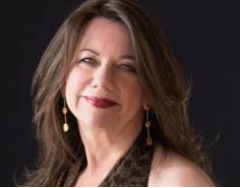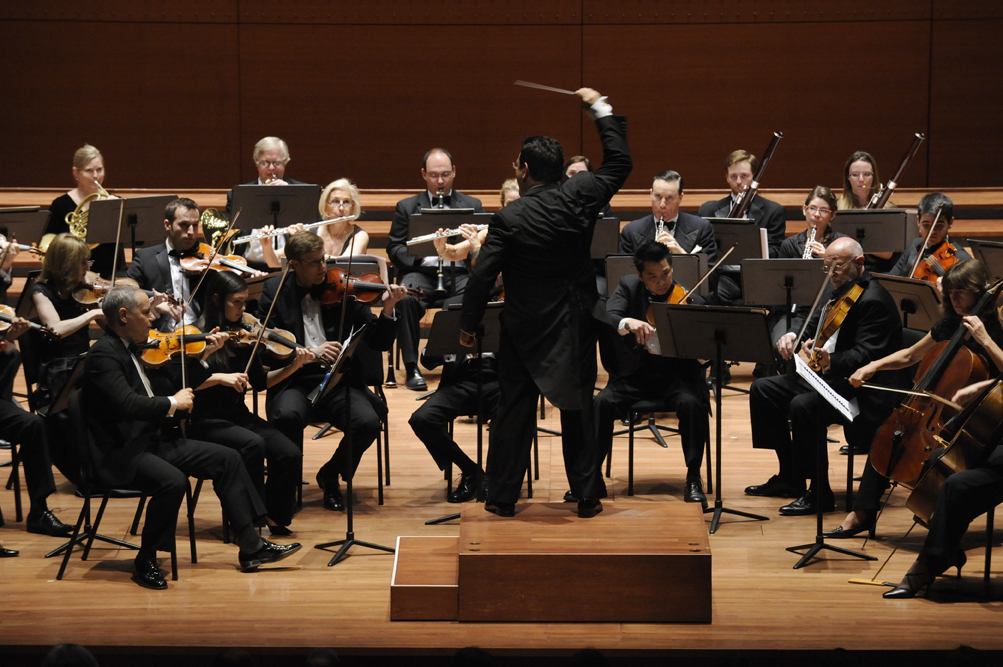Terry Eder, piano
Weill Recital at Carnegie Hall, New York, NY
April 8, 2019
Key Pianists, a valuable New York series that features under-recognized pianists in repertoire they are passionate about, presented its founder and patron, Terry Eder on April 8th at Weill Recital Hall. Ms. Eder modestly programs herself only once every couple of years or so, leaving the roster open to other deserving players. I reviewed her last performance in 2017 (Terry Eder in Review 2017), and wrote a profile about her in these pages as well (A conversation with Terry Eder).
On this occasion, she brought most of her vivid strengths, and though I take issue with some of the interpretive choices she made, the evening was a resounding success. Ms. Eder exemplifies the golden-age pianism of the so-called “Leschetizky method”: deep, relaxed, unforced piano sound at all dynamic levels. It is rare in our age to hear music-making of such purity and honesty, without artifice.
This quality was evident in the program opener, Dohnányi’s rarely heard Intermezzo in F minor from Opus 2, a work written under the influence of Brahms, so to speak. Its grim little theme returns for increasingly ornate variation treatment, pianistically thick, though every bit of it was warm and clear in Ms. Eder’s playing. I’m sure she feels quite committed to the work, but it did strike me as somewhat dated, “Brahms” without the self-discipline or austerity.
Ms. Eder followed this with the first impromptu from Schubert’s second set of four, in F minor, D. 935. This was presented with simple songfulness, though I did wish for greater dynamic contrast, especially in the softest sounds. Ms. Eder managed one magical nuance: she made the lyrical second theme, originally heard in A-flat major, sound much more angelic when it returned in F major.
Next came the first of Beethoven’s late sonatas, No. 28 in A major, Op. 101. The work is structurally innovative, and the famous lyrical opening starts “in the middle,” as though the music has already been flowing along before the part we hear begins. To achieve this effect, however, takes a much softer beginning volume than we heard, although Beethoven himself left it out, and an editor suggests p. I found Ms. Eder’s approach much more corporeal than spiritual. Again, throughout I wished for more pianissimi, as I know Ms. Eder is capable of them. Her rendition of the second movement’s march was appropriately angular. The third section, barely a “movement,” more like an introduction to the finale, again lacked the mysterious delicacy that can make the sadness palpable. That finale, marked mit Entschlossenheit (resolve or determination) was indeed resolute, a bit too stiff for my taste, needing more final abandon as the positivity of it breaks the spell of what went before, as well as a wider dynamic range—there are many pianissimi indicated.
After intermission, Ms. Eder returned with one of her amazing specialties: Hungarian piano music, the fruit of her training and also of years spent there. This time we received gratefully four rarely heard works by Zoltán Kodály, a noted ethnomusicologist who, with Bartók, catalogued and ennobled so much of eastern Europe’s heritage of folk music before it was lost. He was, however, also a prolific composer of his own music, often influenced by the folk studies and materials. The Transylvanian Lament, from Op. 11, was gorgeously played, haunting in all the right ways. This set off the contrast made by the sassy little Allegro giocoso (Op. 3 No. 7) even more. Interestingly, I recently heard someone else play the Méditation sur un motif de Claude Debussy recently in the same hall, and I was struck by how much individuality Ms. Eder gave it. The piece uses as its principal theme the motive from the Scherzo of Debussy’s String Quartet. Kodály was profoundly influenced by his studies in France, and here he produces dark, mysterious sections “inspired by” but not imitative of, Debussyian impressionism. The Épitaphe, also from the Op. 11 set of pieces, was Kodály’s response to the news of Debussy’s death in 1918, again another stunning revelation provided to us by Ms. Eder.
There followed the first book of Images by Debussy himself, and his own celebration of orgiastic love inspired by a Watteau painting and his own personal life, L’Isle joyeuse. With this music, my variance with Ms. Eder’s approach was greatest. I’m beginning to sound like a broken record (who remembers records?!), but I only intermittently heard the sophisticated mixtures of very soft tone that this repertoire needs. Conversely, I don’t know why she downplayed the climax in Reflets dans l’eau. For me, the most successful movement was, no pun intended, Mouvement, which means tempo or speed, a grim take on the mechanization of life (the Dies irae makes a couple of appearances). The “happy island” nearly came to grief due to memory lapses (which were more or less present all evening). Now those who know my writing know that I always say it’s not so important when something adverse happens, it’s how one continues that matters, and continue Ms. Eder did, always saving the situation. However, the beginning trill of L’Isle is marked piano then crescendo, it doesn’t start with a loud accent (however fiendishly difficult this is to accomplish!). Debussy knew he was creating a very difficult work, and he entrusted the premiere to the great Catalan virtuoso Ricardo Viñes. I must mention one more detail, the final ascending ecstatic “rocket” arpeggio must be immediately connected to the descending one which follows, plummeting all the way to the lowest note on most pianos, a gesture that has brought many pianists to grief (missing the note and thwacking the wood with their finger!), but that did not happen on this occasion.
After an enthusiastic ovation, Ms. Eder played Chopin’s Waltz in G-flat major, Op. 70 No. 1 (posthumous) ever so sweetly and with that beautiful tone mentioned earlier.


